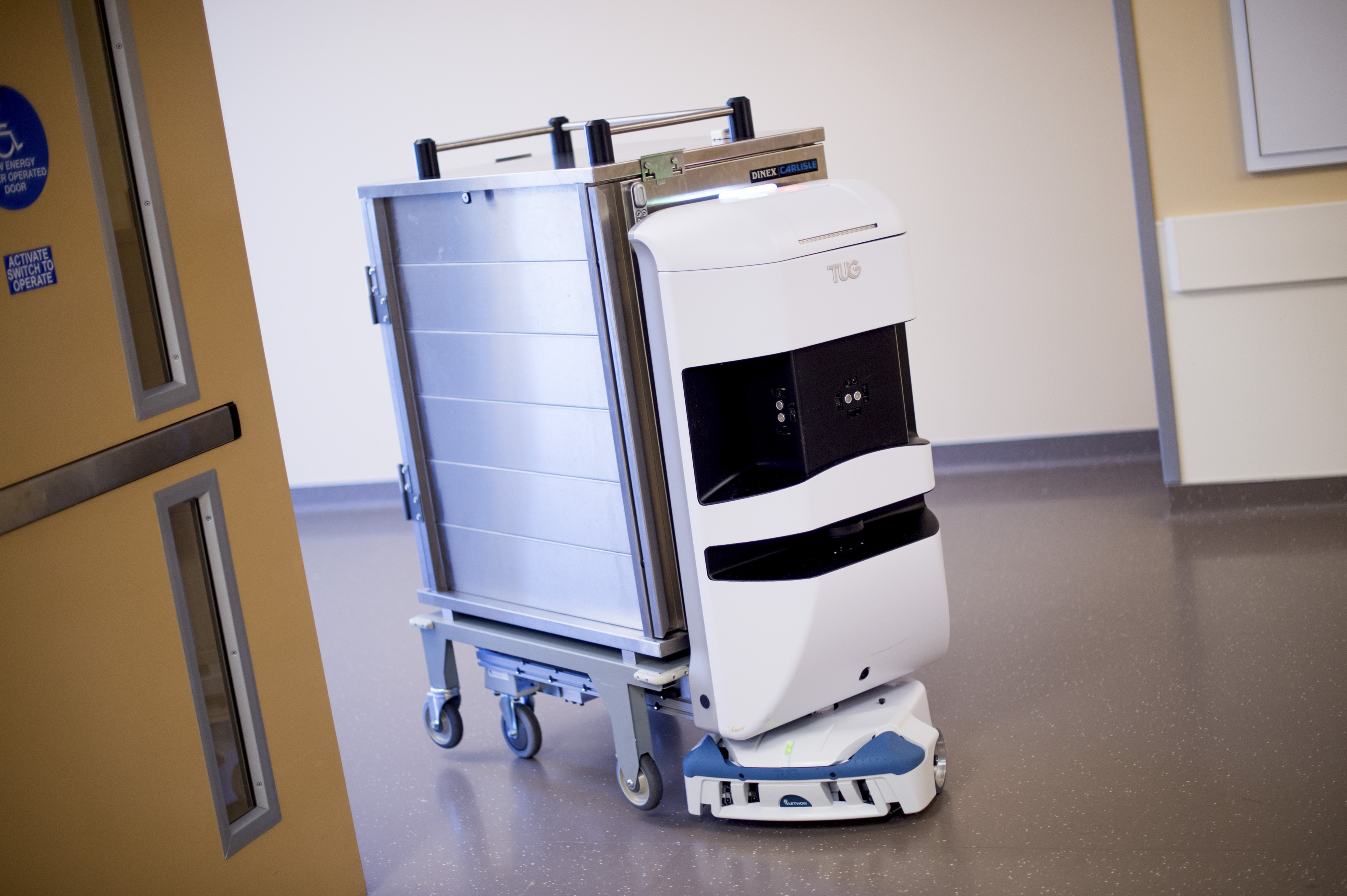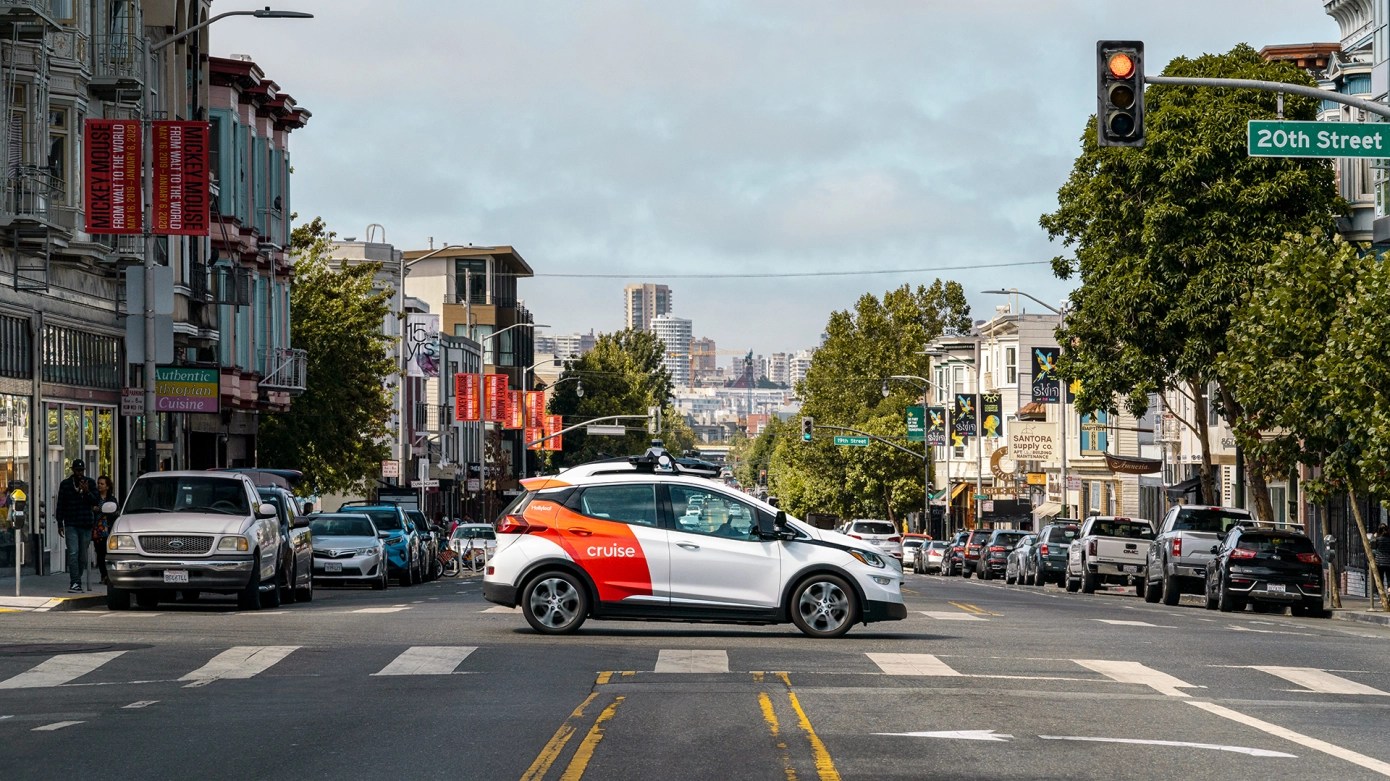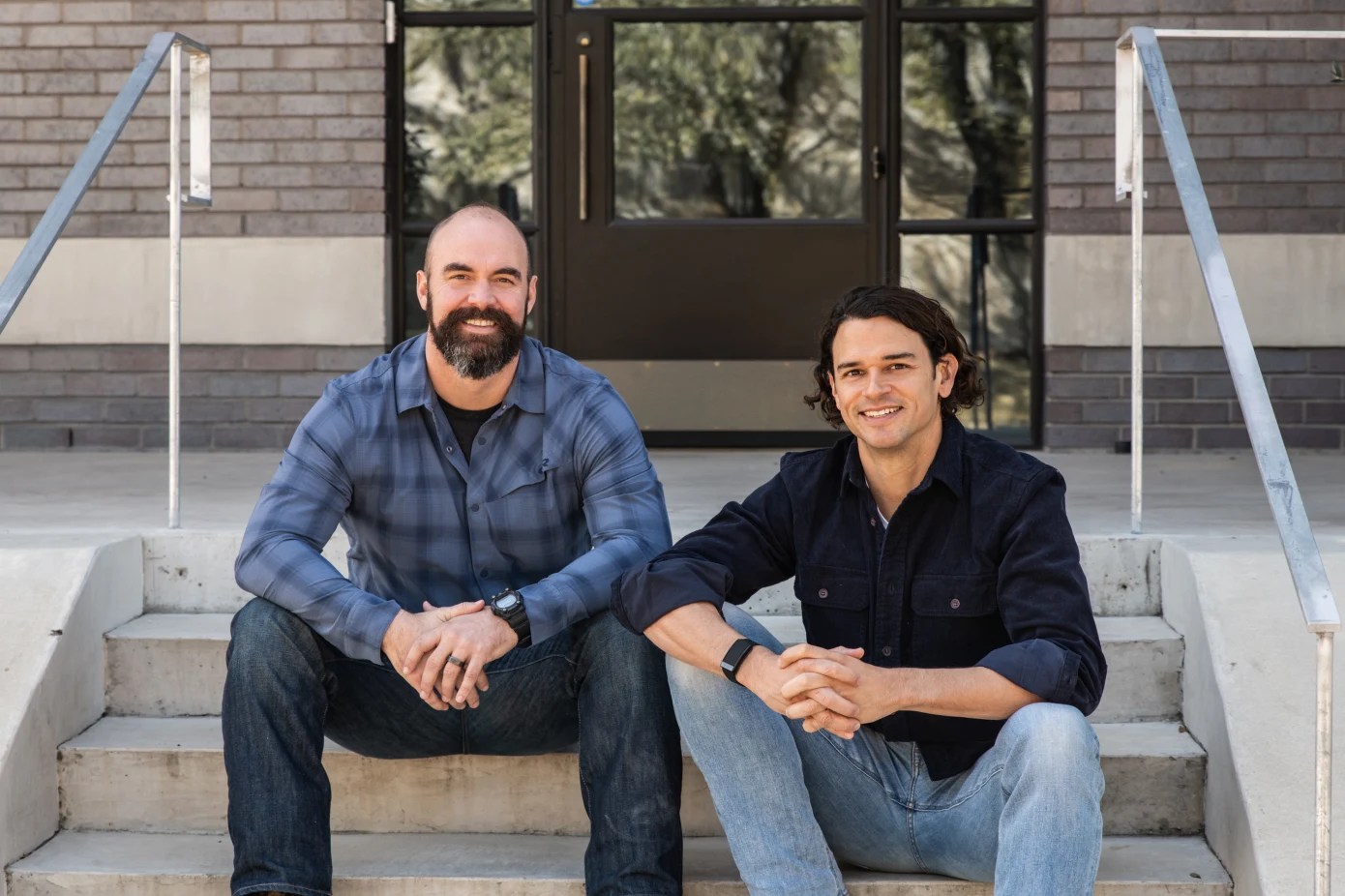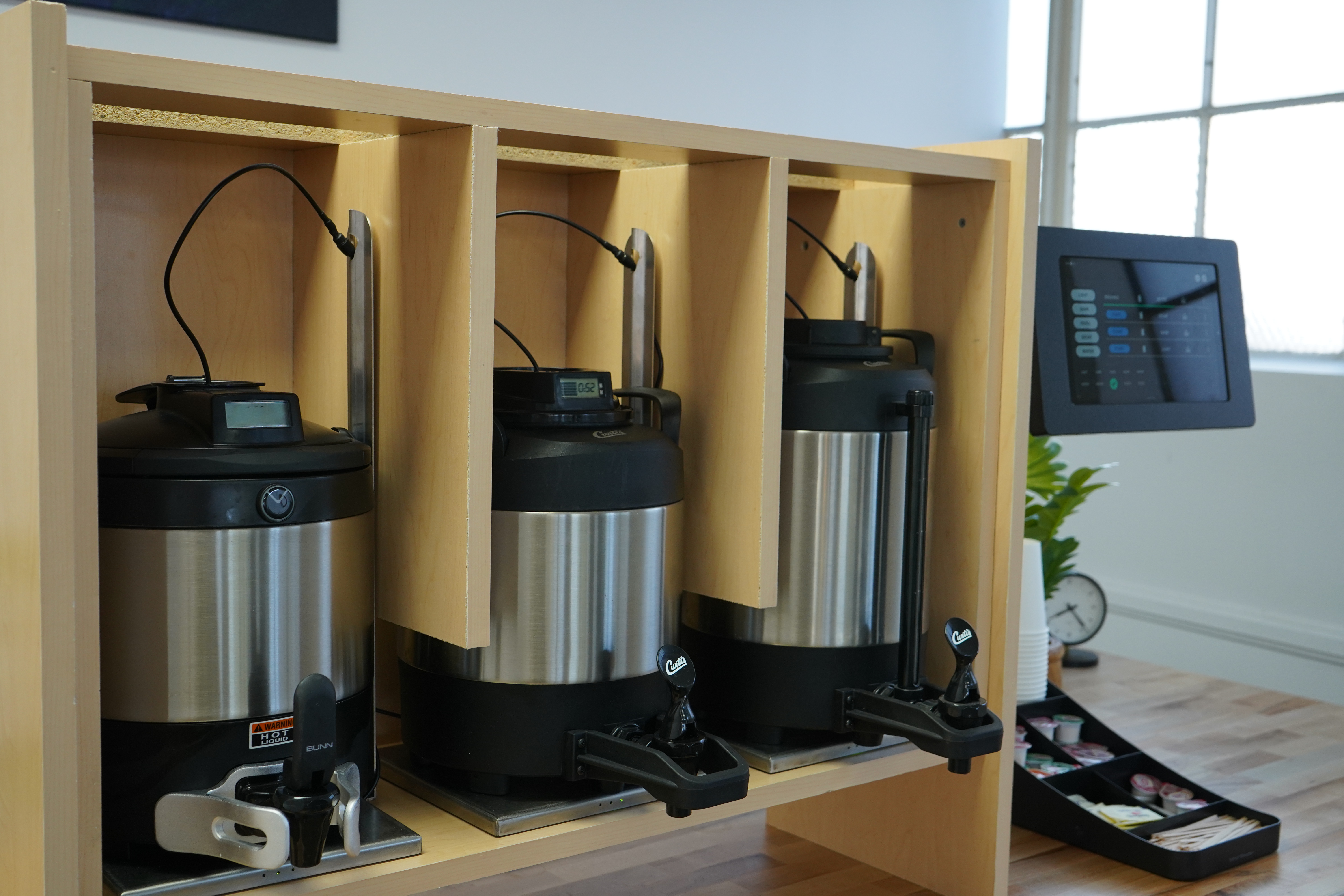Series sea
Nursing is a tough job even in non-pandemic years (remember those?). Stress, burnout, exhaustion are all words one associates with the gig. I’ve seen a number of surveys conducted over the past year, and while the results differ wildly, the consensus is that a majority of nurses have considered leaving the profession recently.
Having watched a few recent videos of robotic arms helping get people dressed, it’s probably safe to say we’re a long way from fully automating any nursing jobs. Heck, the bedside manner alone is probably going to end up being an issue. Instead, we’re looking at robots that can augment some of the work — in other words, making human jobs a little easier, rather than replacing them outright. That’s probably as noble a role for robots as anyone can hope.
It’s safe to say that the past two years are going to have a profound impact on the desire to bring robot help into healthcare. Robots have, of course, been performing surgery for decades now. Those systems are great for leveling the playing field on specialty surgeries. Access to certain procedures has increased potentially life-saving procedures in underserved areas.
I do believe we’re really seeing the tip of the iceberg in terms of the role the technologies will serve, moving forward, both in the hospital and in related fields like eldercare. I wouldn’t be shocked to see a lot more startups vying for a piece of the market in the next couple of years, having planted the initial seed during the crisis of the last couple of years. For now, however, we’re seeing a nice big boost for companies like Diligent.
The Austin-based firm raised $10 million in March 2020 — a fortuitous time (if one can say such a thing about a pandemic). Of course, COVID-19 hasn’t gone away, and neither have the company’s fundraising needs. The company announced another round this week — a Series B around $30 million. That brings its funding to date to just under $50 million.
Co-founder Andrea Thomaz says the funding will be used to scale up production on its robot, Moxie:
This new round of funding will help us scale the company to meet the incredible demand for our healthcare service robot. Thanks to the support of our investors and the Diligent team, we are focused on expanding automated support for clinical teams so nurses and clinicians can focus on tasks that matter most, patient care.

Image Credits: Noah Berger / Bloomberg / Getty Images
Of course, Diligent’s not the only company looking to fill that specific need. Though the other big robotic nursing news for the week is more of a cautionary tale. Our security reporter, Zack Whittaker, took a look at a concerning issue with healthcare robotics from Pittsburgh-based Aethon. Vulnerabilities with the system make it possible to hijack the robots with “very low skill set for exploitation,” according to researchers.
Using the web interface, it was possible to take control of the robot’s joystick-based navigation. Aethon acknowledged the vulnerabilities, but didn’t offer additional information. Per the piece:
In a statement given to TechCrunch, CEO of ST Engineering Aethon, Peter Seiff, confirmed the vulnerabilities but declined to answer our questions, such as what percentage of its customers’ autonomous robots had been patched following the software update.

Image Credits: Cruise
Speaking of real-world testing, did you see the story about the self-driving Cruise car that got pulled over by the cops in San Francisco? “Ain’t nobody in it!” one of the officers exclaims, before the car accelerates through another intersection, only to turn on its hazards and pull over again.
Interestingly, the car in the video was not, in fact, operating fully autonomously. A spokesperson for the company noted that a remote operator told the car to head to the second location when it was clear what was happening. Kyle adds:
When asked, the spokesperson declined to reveal whether Cruise vehicles would behave differently if the stop happened on a highway versus a city street, for example, saying only that the company has a team of people to feed Cruise vehicles with information in instances where the vehicles experience problems.
A sizable round for yet another Austin-based robotics firm this week (where were you when we were doing our city showcase?). Terradepth, which uses autonomous underwater vehicles to map the ocean floor, raised another $20 million. That joins the $8 million the firm raised back in 2019. The startup says it’s looking to build “Google Earth for Oceans.” That’s a punchy little tagline for a company that’s collecting some really useful (and monetizable) data. The information can be used for everything from biodiversity studies to laying underground cable.

Image Credits: Terradepth
“Our vast oceans cover most of our planet and are vital to human life, yet we know very little about them,” Giant Ventures Managing Partner Cameron McLain says. “Terradepth’s one-of-a-kind ocean data portal and its autonomous underwater vehicles will provide a full map of the oceans, accurately and at scale. The power to act and understand begins with knowledge and data. Governments, businesses, and research organizations need this information to mitigate climate change, reduce risk, and plan effectively.”

Image Credits: Miso Robotics
And Miso is back with yet another product and restaurant partner. Those are, in order, CookRight Coffee and Panera Bread. The latter is piloting the former as a way to make sure coffee stays fresh. The system builds on Miso’s existing CookRight platform, which is also used for kitchen grills — letting workers know when to flip burgers using a computer vision system.
CookRight Coffee, meanwhile, monitors urns (I found out this week that’s what those things are called) for capacity and freshness. It will alert the Panera employee when one needs a refill, and then the human will do the hard work. Here’s Miso CEO Mike Bell:
When we announced the CookRight platform in 2021, we knew we could apply it to various stations at a restaurant as the product developed, and we saw an immediate need for it at the coffee station. We are thrilled that Panera shares in our vision to revamp the coffee monitoring process, and can’t wait for CookRight Coffee to be installed at their restaurants to help customers and team members alike.

Image Credits: Bryce Durbin/TechCrunch
You made it this far. Why not subscribe?
Powered by WPeMatico
